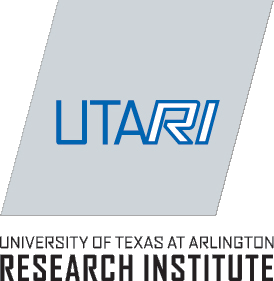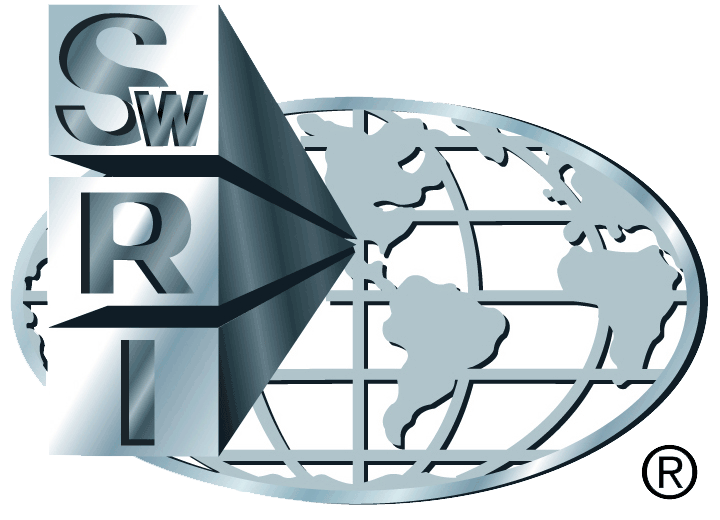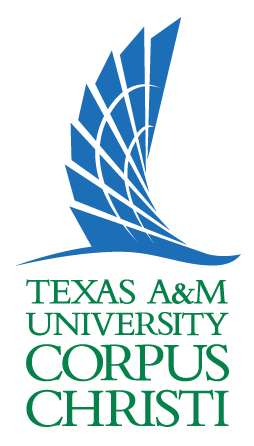Research Goals and Objectives
“Each proposed UAS [Unmanned Aerial System] Test Site will have airspace (range(s)) and associated land and ground infrastructure (combined Test Site) within which UAS research operations will be conducted. In this Volume (III) the FAA [Federal Aviation Administration] will be assessing Test Site proposals relative to safety, impact on NAS [National Airspace System] efficiency, environmental concerns, and the ability to manage off-nominal (e.g., not normal operations) situations to determine the viability of the Test Site for UAS research goals and UAS opportunities. While preserving opportunities to accommodate unique entrepreneurial efforts, the FAA believes that Test Sites need to include focal areas to ensure that research is accomplished in each of the areas identified as a major obstacle to UAS NAS integration. These focal areas include, but are not limited to: UAS system safety and data gathering; UAS aircraft certification; UAS command and control link issues; UAS control station layout and certification; UAS ground and airborne sense and avoid research; and, any environmental impacts associated with the operation of UAS in the NAS.”



The LSUASC's research goals and objectives align with the Federal Aviation Administration's key focal areas
LSUASC supports the FAA by reporting test-site data supporting FAA rule-making and establishing procedures to integrate UAS safely into the NAS.